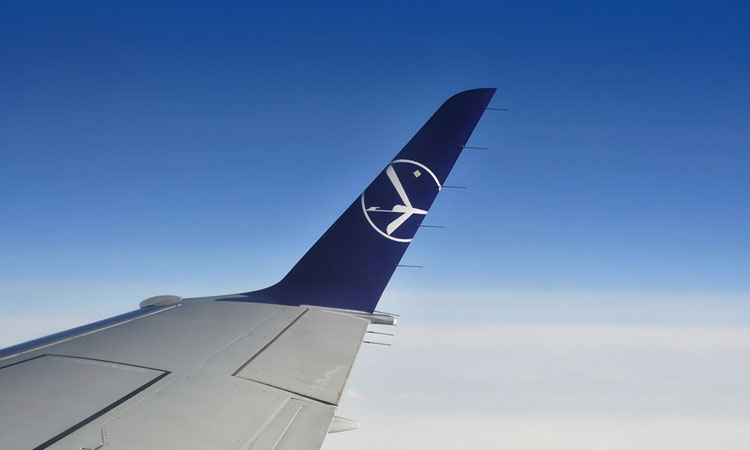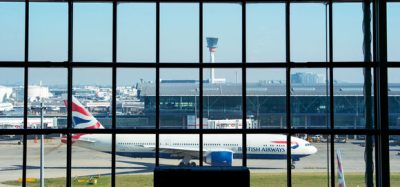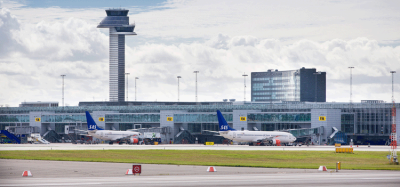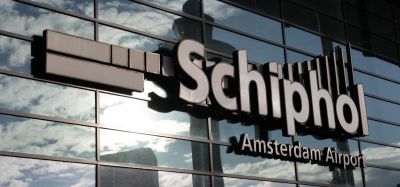Polish airspace becomes paramount to economic growth of region
- Like
- Digg
- Del
- Tumblr
- VKontakte
- Buffer
- Love This
- Odnoklassniki
- Meneame
- Blogger
- Amazon
- Yahoo Mail
- Gmail
- AOL
- Newsvine
- HackerNews
- Evernote
- MySpace
- Mail.ru
- Viadeo
- Line
- Comments
- Yummly
- SMS
- Viber
- Telegram
- Subscribe
- Skype
- Facebook Messenger
- Kakao
- LiveJournal
- Yammer
- Edgar
- Fintel
- Mix
- Instapaper
- Copy Link
Posted: 14 November 2018 | International Airport Review | No comments yet
PANSA (Polish Air Navigation Service Provider) and the International Air Transport Association (IATA) announced the publication of the first edition of an Airspace Strategy for Poland (ASP).


The demand for aviation in Poland is expected to double in the next two decades, generating an estimated 1.5 million flights per year. Over a similar period, passenger volumes at Polish airports could increase to as many as 68 million passengers a year.
Servicing this demand, while ensuring safety, improving environmental performance and reducing costs and delays requires Poland to modernise its airspace and air traffic management (ATM) network. Successful airspace and ATM modernisation is expected to create significant benefits, including an extra €6 billion in annual GDP and 65,000 new Polish jobs by 2035.
The ASP was jointly developed by IATA and PANSA. The document covers an agreed scope of initiatives on airspace modernisation.
Janusz Janiszewski, PANSA’s Acting President said: “I believe PANSA will provide an important contribution to the airspace modernisation over Europe. Current evolving aviation market needs, especially the capacity demand, is a major factor which encouraged IATA and PANSA for this bottom-up initiative.”
Rafael Schvartzman, IATA’s Regional Vice President for Europe commented: “Current levels of airspace-related delays across Europe are a serious inconvenience for passengers and a drag on economic activity. The projected growth in passengers—which is particularly strong in Poland—will make these challenges more acute. This is why PANSA’s leadership in working with airlines on an Airspace Strategy for Poland is hugely significant. Working closely with PANSA, we can ensure that Polish airspace is optimised, bringing huge economic benefits to the country.”
The Airspace Strategy for Poland covers the strategic direction for the future of ATM in Poland, airspace modernisation initiatives for more capacity and more efficient routes that reduce fuel burn and improve environmental performance, ATM systems development, cooperation with European partners to accelerate the achievement of Single European Sky (SES) goals and consultation and cooperation with Polish aviation stakeholders.
As part of a wider aim to provide for future demand for air transport, Poland is planning a new Central Transport Hub (CTH) project, including a large new airport. The ASP will contribute to understanding the scope of changes needed not only on the ground (infrastructure) but also within the airspace structures. The ASP also addresses the period directly before the opening of the CTH, which will be crucial for the smooth transition of air traffic flows.
Related topics
Aeronautical revenue, Air traffic control/management (ATC/ATM), Economy, Regulation and Legislation
Related organisations
Airspace Strategy for Poland (ASP), International Air Transport Association (IATA), PANSA (the Polish Air Navigation Service Provider)


















